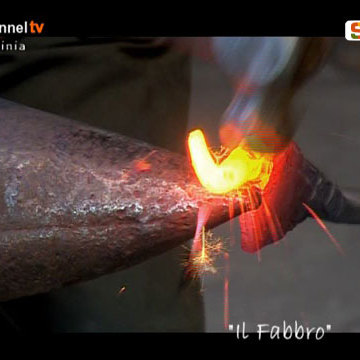The artistic expression that best expresses the originality of Giudical Sardinia is Romanesque architecture, characterized both by adherence to the international European language and by the elaboration of local characters.
The landscape includes a considerable number of churches and castles, which represent one of the most significant elements of the island's historic landscapes.
Most of the medieval Sardinian castles date back to the eleventh and thirteenth centuries, which have come to us in the state of suggestive ruins, isolated on the tops of modest hilly emergencies from above which it was possible to control the territory and the communication routes.
On the contrary, Romanesque churches are often preserved intact in their original structures and therefore constitute the ideal field of study of the phenomena of importing models and their adaptation to local needs.
They are mainly arranged along the road axis that leads from Cagliari to Porto Torres, but they are distributed throughout the territory.
The result is the different 'color' of the buildings depending on their location. In fact, the builders used materials available in the geographical area in which the monument was supposed to be built, which was thus harmoniously inserted into the natural landscape and still characterizes it today: in Gallura we find buildings in golden granite, as you descend towards the center of the island, the use of dark volcanic stones prevails, often associated with light sedimentary stones; in the Campidani, limestone with warm tones prevails.
Since the end of the 13th century, Gothic art has been established, in two strands: the Italian one (in continuity with the Romanesque) and the Catalan one, linked to the arrival of the Aragonese.
Update
Images
Texts
Year : 2018
Author : Vacca, Francesco
Results 2 of 504868
View AllVideo

Author : Cau Antonello

Author : Figus Ignazio
Results 2 of 13866
View All
Comments